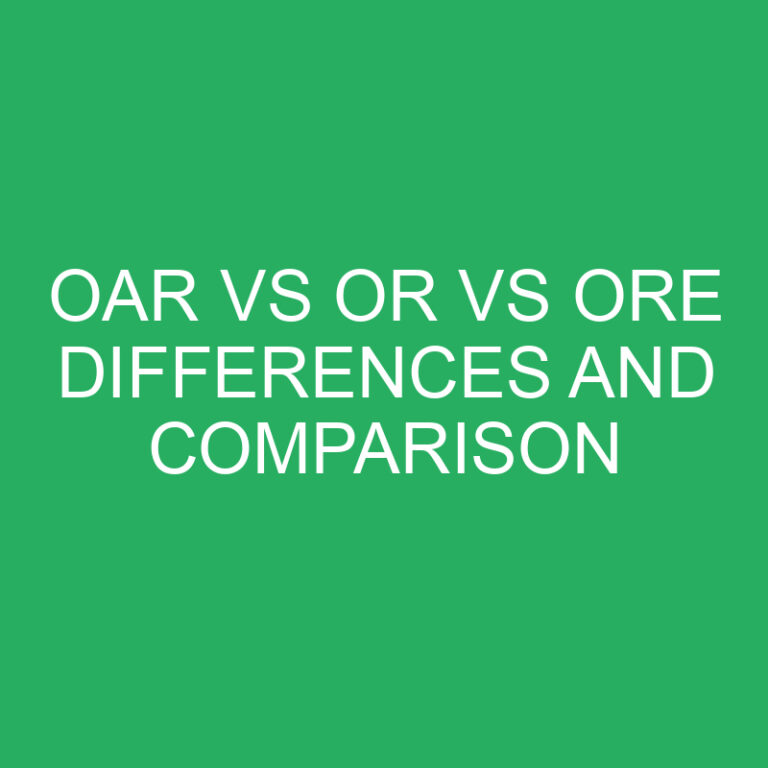
The English language, with its intricacies and nuances, often introduces words that share similar sounds but carry entirely different meanings. A prime example of this linguistic complexity lies in the trio of “capital,” “capital,” and “capitol.” While they might sound alike, these words serve distinct purposes, encapsulating ideas ranging from life and death consequences to urban hubs and legislative domains. In this exploration, we will delve into the meanings and applications of “capital” in the context of being punishable by death, as a chief city, and as a legislative building.
Post Contents
Capital – Punishable by Death:
Definition: When used in the context of being punishable by death, “capital” is an adjective that refers to crimes or offenses that carry the most severe penalty – the death penalty. Capital punishment is a legal term that signifies the imposition of death as a consequence for certain criminal acts.
Examples:
- Murder is considered a capital offense in many jurisdictions.
- The debate over the ethics of capital punishment continues to be a contentious issue.
Usage: This sense of “capital” delves into the realm of legal systems and morality, highlighting the gravity of certain offenses and the consequential severity of punishment, often sparking debates on justice and ethics.
Capital – Chief City:
Definition: As a noun, “capital” refers to the chief city of a country or region. It is the political, cultural, and economic center, often distinguished by its significance in terms of governance, commerce, and historical importance.
Examples:
- Washington, D.C., is the capital of the United States.
- Tokyo serves as the capital of Japan, showcasing a blend of tradition and modernity.
Usage: In this context, “capital” emphasizes the importance and centrality of a city, indicating its role as a focal point for governance, economic activities, and cultural heritage within a specific geographic area.
Capitol – Building Where Legislature Meets:
Definition: “Capitol,” with an “o,” specifically refers to a building where a legislature meets. It is a term commonly used to denote structures where legislative bodies convene to conduct government affairs, pass laws, and debate policies.
Examples:
- The United States Capitol is an iconic building in Washington, D.C.
- The state capitol in Sacramento is a historic structure with architectural significance.
Usage: This spelling of “capitol” is exclusively associated with the physical structures where legislative processes unfold, making it a key term in political and governmental discussions.
Homophones: The trio of “capital,” “capital,” and “capitol” exemplifies homophones – words that share the same pronunciation but have different meanings. It is essential to rely on context to determine the intended usage in both written and spoken communication.
Homographs: Furthermore, when examining the written form of these words, we encounter a homographic relationship as they share the same spelling. This adds an additional layer of complexity to their linguistic interplay, emphasizing the importance of context in deciphering meaning.
Common Pitfalls and Clarifications:
- Capital vs. Capitol:
- Incorrect: “The country’s capital building is an architectural masterpiece.”
- Correct: “The country’s capitol building is an architectural masterpiece.”
- Capital vs. Capitol:
- Incorrect: “The capital of Texas is home to the state’s capitol.”
- Correct: “The capital of Texas is home to the state’s capital.”
Conclusion
In the tapestry of language, the trio of “capital,” “capital,” and “capitol” illustrates the fascinating intricacies of homophones and homographs. From the somber implications of capital punishment to the vibrancy of chief cities and the solemn halls where legislation takes shape, these words showcase the depth and diversity of English vocabulary.
Armed with a clear understanding of their nuanced meanings, language enthusiasts can navigate the linguistic maze and employ each term purposefully in diverse contexts. So, whether contemplating legal consequences, exploring urban landscapes, or discussing governmental affairs, the distinctions between these homophones and homographs add clarity and precision to communication.






